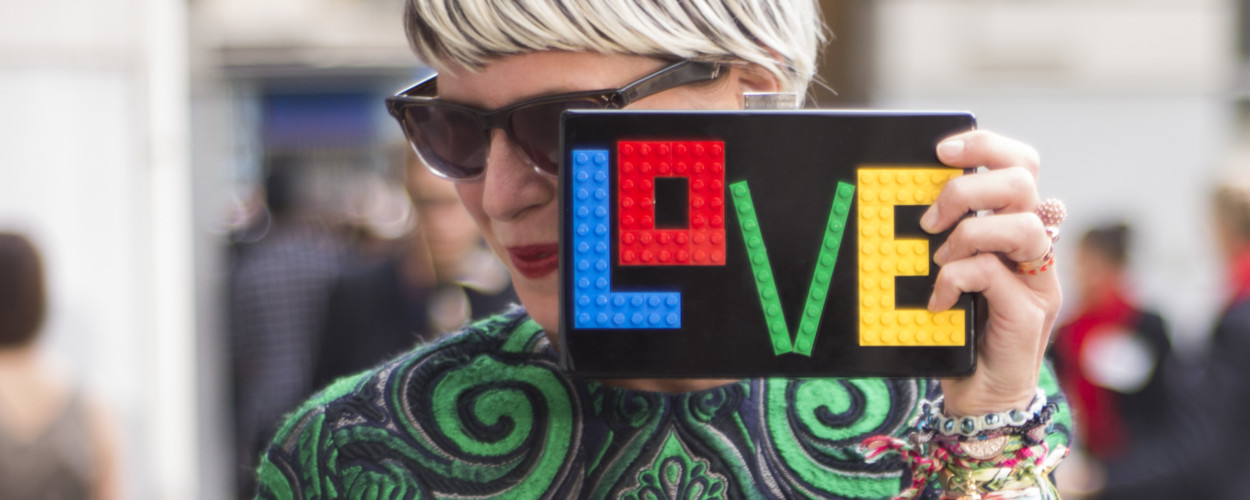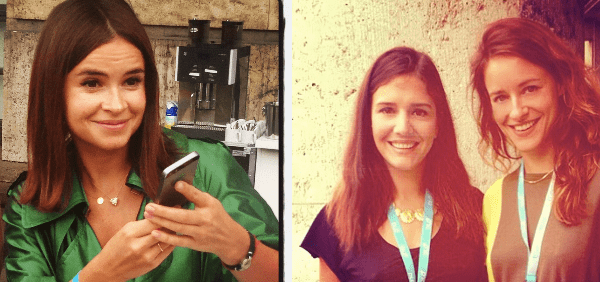Why we love to hate
We all have one thing in common, something we only reluctantly admit: we follow a bunch of people on social media that we don’t particularly like, find stupid or even downright hate. People like the girlfriend of your secret crush (bitch!), the clueless ex-boss (idiot!), the colleague who snatched away your dream job (jerk!), the weirdo from school who keeps sending you invitations for online games.
We even follow people we have never personally met in our lives, like musicians whose political views we condemn, actors who dress their kids in designer clothes and parade them like circus horses and whose shrill voice we can’t even stand; the irritating blogger who posts yet another #deliciousbrekkie Instagram photo from a restaurant that we know serves scrambled eggs made out of instant powder. Yet, we are somehow unable to stop following them.
Hate-follow – the joy of hate
The phenomenon actually is a thing and there’s even a term for it: Hate-follow. The term sounds rather poetic, like a dramatic love story of sorts. And there is indeed quite some drama involved. With greedy fingers we keep scrolling through feeds only to make sure that our hate-follow “prey” remains just as stupid as in their last tweet and to check if our wish that they fail has finally come true - or if not, at least they got an utterly ugly-looking haircut.
My Hate-follow: Badly bleached YouTube starlets with pink gel nails and rhinestone tooth gems who abuse prefixes like “mega”, “super” or “ultra”, of course stretching the sound too, like “meeeeeeeega” excessively. Their rainbow-coloured glitterworld is the epitome of lack of taste. And that makes me feel instantly much better about myself, happy as a clam that I am nothing like them, and perhaps a little dirty too. Who’s the real victim here, then? Is it Bibi in her Beauty Palace, who uploads YouTube videos of her brushing her teeth or I, who watches those videos and, surprised by the high number of views, send a screenshot to Kathrin subtitled “really?”
What is it about this that we find appealing? Self-assurance (Who am I really?) becomes much simpler through dissociation: it is easier to define who we are not, or who we don’t want to be, than to define who we are. The same way it is easier to reject something as stupid than to create something ourselves.
Homo homini lupus – “Man is no man, but a wolf, to a stranger”
We have surely experienced the meaning of this latin proverb during prime time TV talk shows, while we sit and watch “white trash” go at it head to head, verbally and sometimes even physically too. Our reaction? Sitting smugly on the couch, thinking “thank God I’m not so ugly, so stupid, so clueless, so pathetic”. Compared to those people, my life seems like pure bliss. We feel better about ourselves when we watch the failings of others, especially when we are feeling down, as a study by Ohio State University demonstrated:
The study group was given the task to pass an exam. Half of the group’s participants were told that they had performed exceptionally well, whereas the other half were informed they had performed very poorly in the exam. Subsequently, they were all sent a number of social media links, specifically designed for the study. The outcome of the study revealed that although in principle we tend to follow people who are richer, more attractive and more successful than us, when we are in bad spirits, we are more likely to engage in hate-following.
Another explanation for the “hate-follow” phenomenon is our voyeuristic human disposition. The human brain loves to put all the bits and pieces of the puzzle together (images, comments and any piece of info) to play detective and figure out aspects of another person’s life (“When did he get together with her?”). Or as my friend brilliantly puts it, “Are you doing Instagram forensics again?” And just like the gambling addict loses track of how much money s/he has actually lost, hate followers lose track of how much time they lose insatiately scrolling and clicking. Research shows that the behavioral patterns behind excessive social media consumption resemble those of cocaine addiction. We keep needing a higher dosage to satisfy our needs.
How many hate followers does Kim Kardashian have? I used to be one of them. Apparently we spend a shocking 4 years of our lives on social media. Well, summer is almost here, and this time around there is NO time to waste.
Translation by Maria Giannakopoulou

Newsletter
Photo Credit: Catwalkpictures




Kommentare